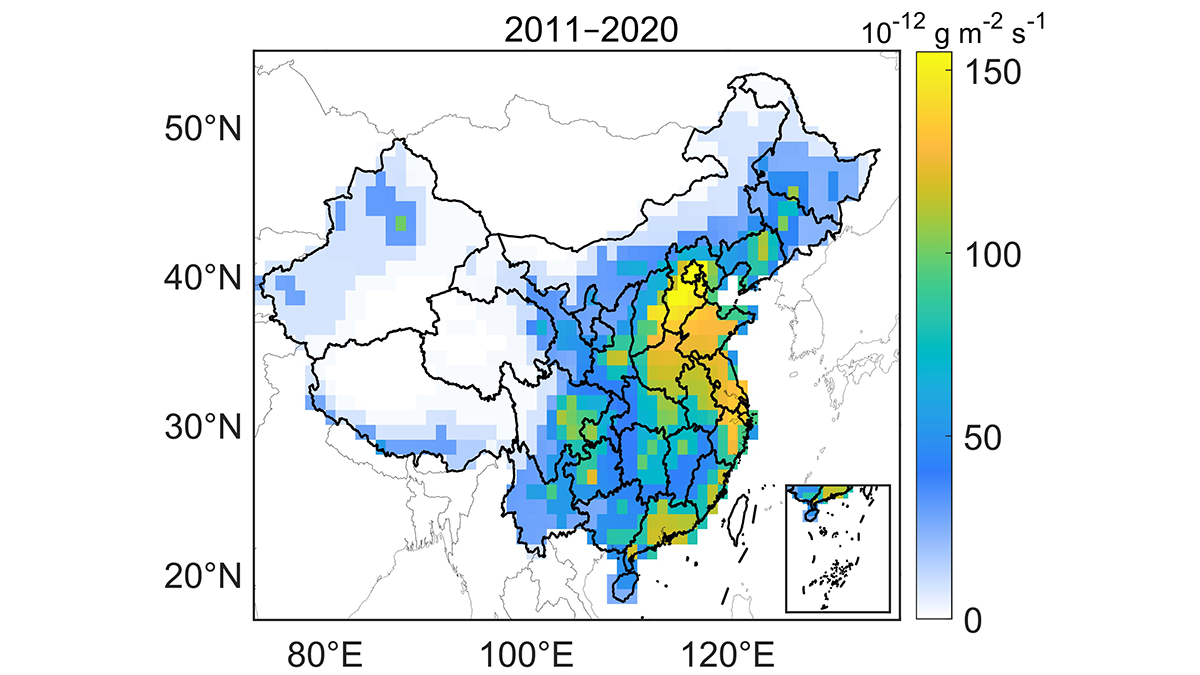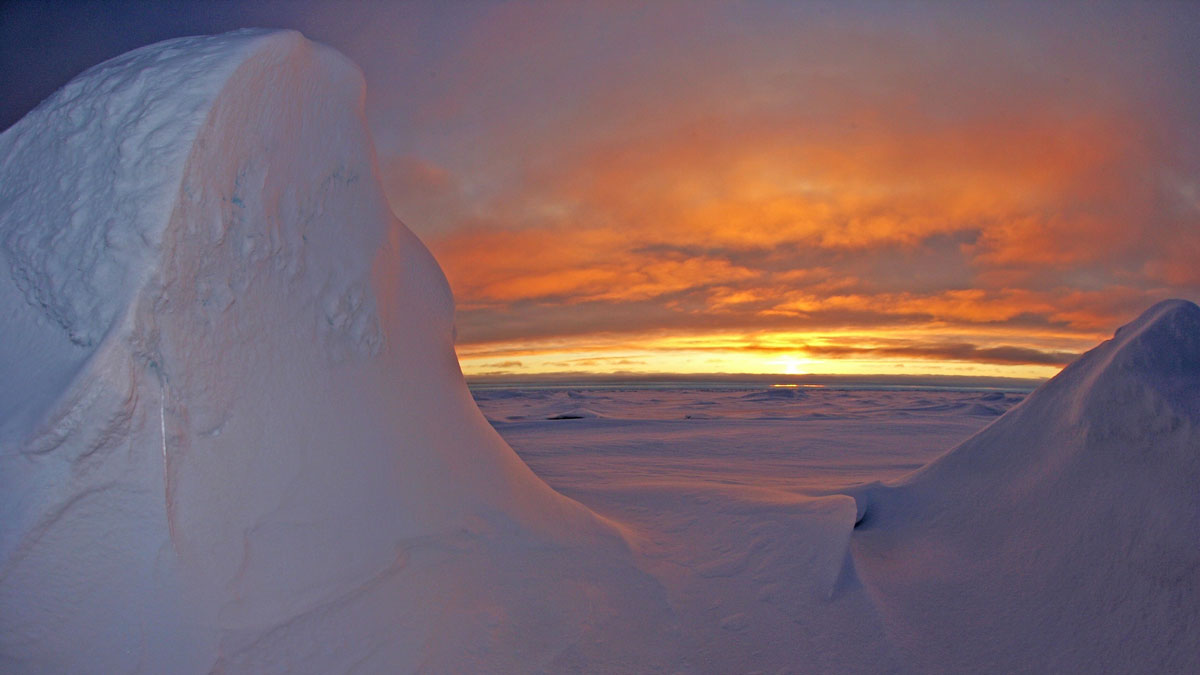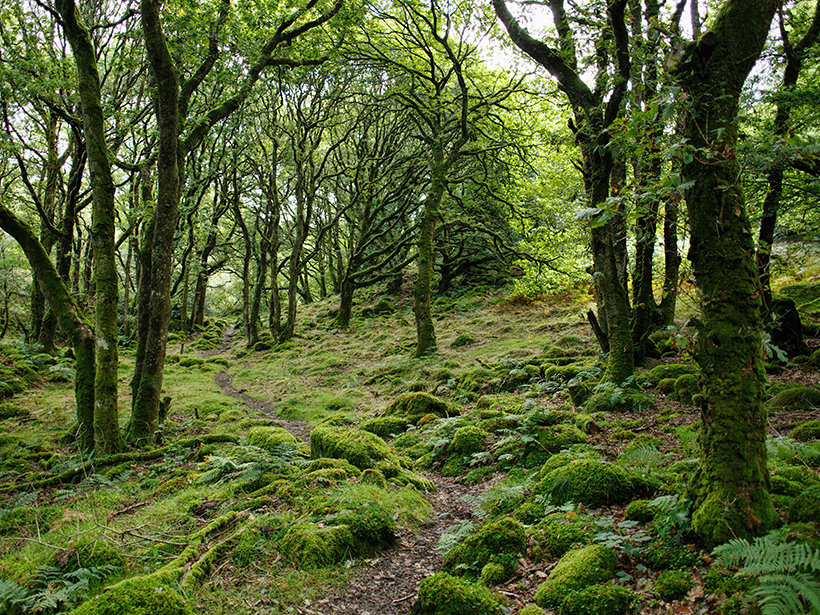New observations show that bottom-up tracking of CFC-12 emissions from China are underestimated, illustrating the need for better accounting for reductions from the Montreal Protocol.
chlorofluorocarbons (CFCs)
What Happens in the Troposphere Doesn’t Stay in the Troposphere
A new study suggests that spillover of tropospheric ozone is affecting measurements of stratospheric ozone recovery more than previously realized.
A Fast and Accurate Open-Source Atmospheric Transport Model
A new zonally-averaged atmospheric transport model will be useful for estimating emissions of ozone-depleting substances and greenhouse gases.
Protecting the Ozone Layer Is Delaying Arctic Melting
The Montreal Protocol has unintentionally slowed global warming and pushed back the first ice-free Arctic summer by 15 years, according to new research.
Wildfire Smoke Destroys Ozone
Smoke aerosols from large wildfires are the perfect reaction surface for chlorine chemicals, speeding their transformation from ozone-friendly forms to reactive ones.
Estableciendo el marco para la acción climática bajo el Protocolo de Montreal
Doce artículos fueron la base científica para la rápida acción que reforzó el tratado, el cual ya estaba salvaguardando el ozono estratosférico, para que también protegiera el clima al reducir los super contaminantes.
Setting the Stage for Climate Action Under the Montreal Protocol
Twelve papers formed the scientific basis for fast action to strengthen the treaty, which was already safeguarding stratospheric ozone, so it also protects the climate by reducing super pollutants.
Australian Wildfires Linked to Ozone Layer Depletion
New research shows that the Black Summer bushfires damaged the ozone layer, eliminating a decade’s worth of progress.
How the “Best Accidental Climate Treaty” Stopped Runaway Climate Change
The Montreal Protocol halted the destruction of the ozone layer. In the process, it saved one of Earth’s most important carbon sinks.
Halocarbons: What Are They and Why Are They Important?
CFCs and other halocarbons have long been known for causing an ozone hole over the Antarctic, but many of them are also powerful greenhouse gases.










